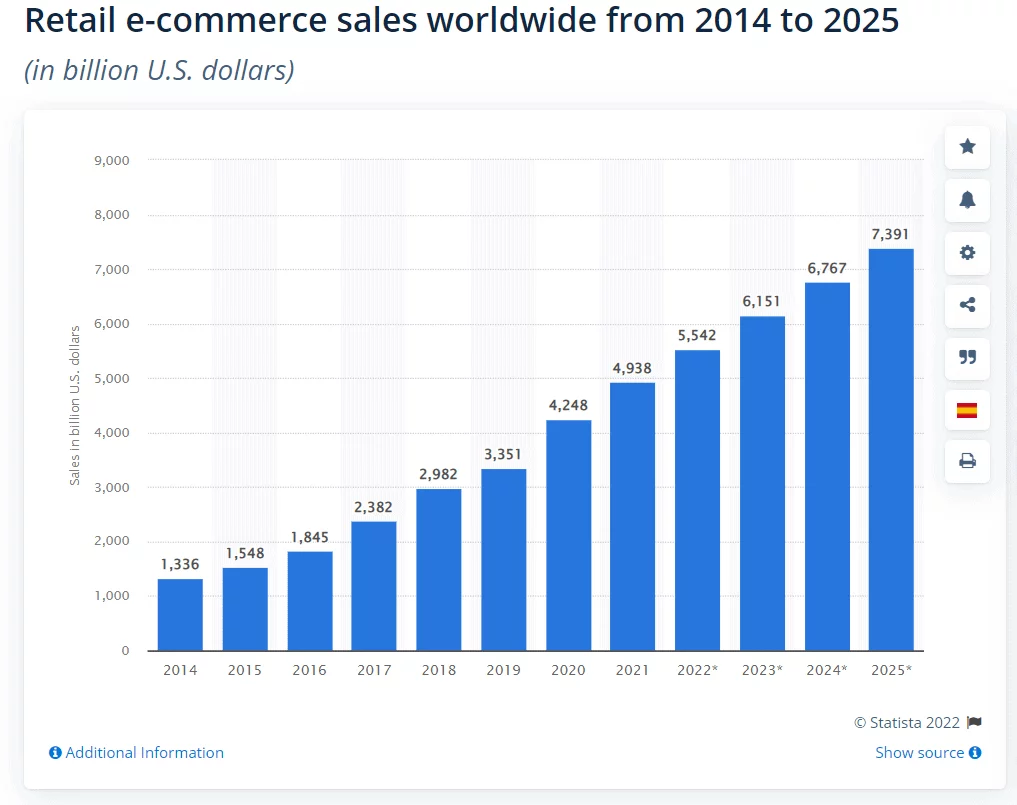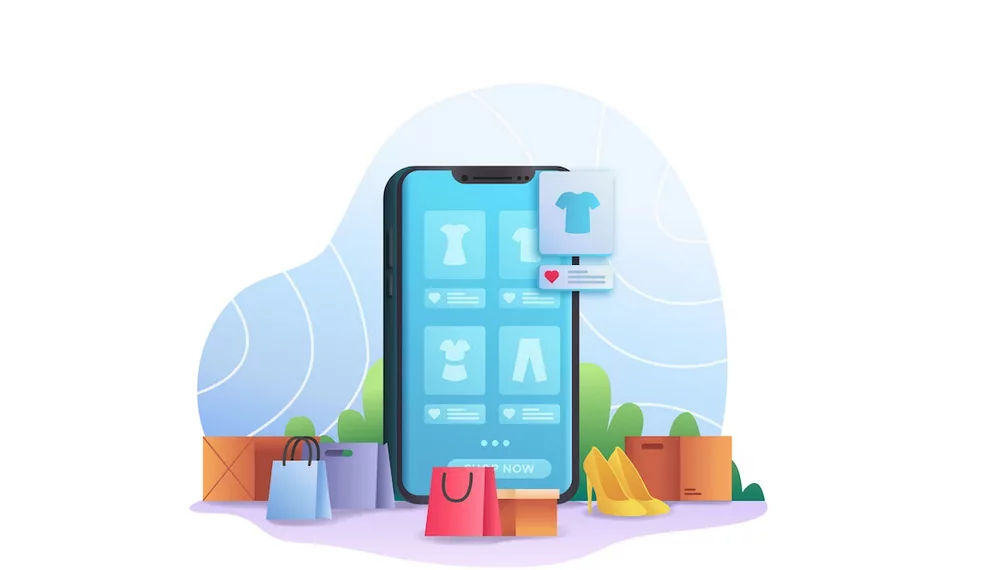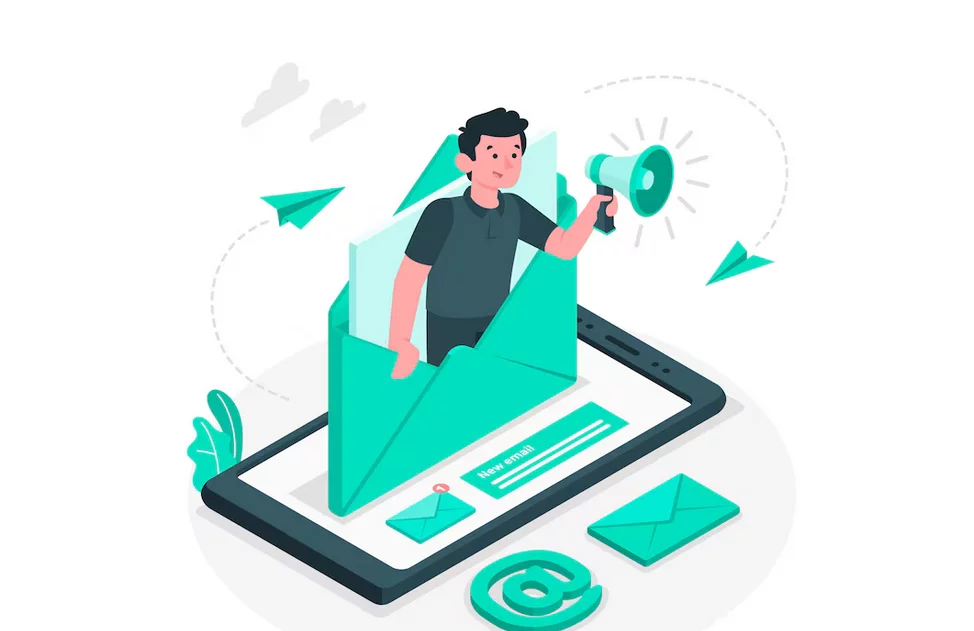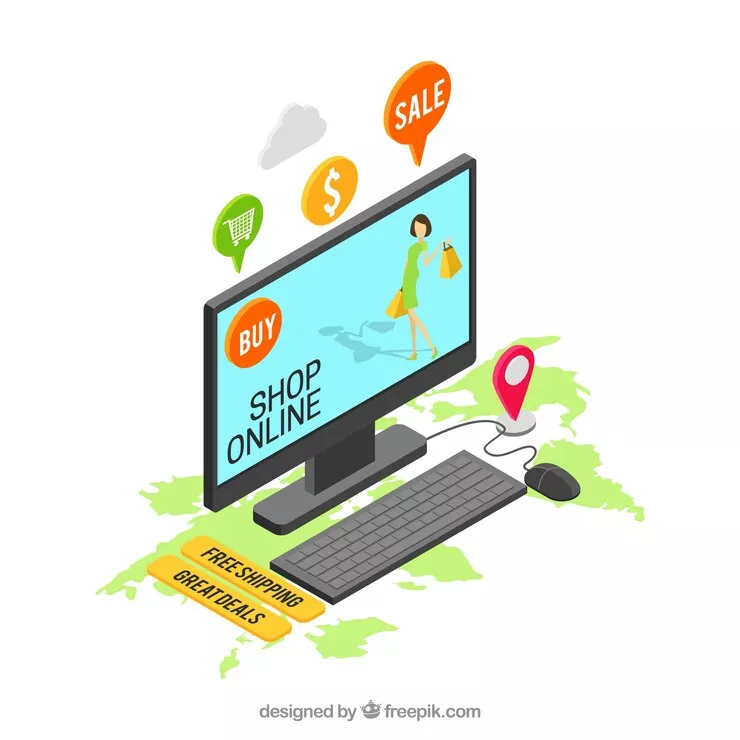Are you eager to boost your marketing efforts and discover the secrets of enticing people to buy your products? Look no further, because we’ve got you covered.
In the words of Chris Brogan, President of Chris Brogan Media, “Marketers need to build digital relationships and reputation before closing a sale.” This sentiment underscores the importance of establishing trust and rapport with your audience before expecting them to make a purchase.

When it comes to driving sales, it’s essential to recognize that customers aren’t solely swayed by the appearance of your product; rather, they’re influenced by your brand’s marketing prowess.
Marketing isn’t a one-size-fits-all approach; it’s a multifaceted endeavor that goes beyond a simple presentation of your product’s features. With an estimated 12-24 million e-commerce websites worldwide, it’s crucial to differentiate yourself and communicate why customers should choose your brand.
Many small business owners dive headfirst into digital marketing without a clear strategy for convincing potential customers to buy. However, it takes more than just having a product to sell to succeed in today’s competitive landscape.
To persuade prospects to purchase your product, they need to:
1. Discover your website.
2. Form a positive impression of your site.
3. Effortlessly access relevant content.
4. Trust your brand.
5. Perceive value in your product.
6. Feel confident in their ability to make a purchase when needed.
So, what’s the secret to attracting customers and driving sales? By the end of this article, you’ll uncover seven effective strategies for encouraging customers to buy your products online. Let’s delve into the marketing tactics that inspire people to make a purchase.
Strategies to Convince Visitors to Make a Purchase:
A. Drive traffic
Driving traffic to your website is the crucial first step in the customer acquisition process. After all, if your target audience isn’t visiting your site, they won’t have the opportunity to engage with your products or services. Here’s how you can effectively drive traffic to your website:
- Organic Traffic: Organic traffic originating from search engines as Google, forms the foundation of consistent website traffic. The key to organic traffic lies in search engine optimization (SEO), focusing primarily on keyword optimization and backlinks. While SEO doesn’t yield immediate results, it’s a long-term investment that boosts your website’s authority and visibility over time. Content marketing is a popular SEO strategy, involving the creation of valuable blog posts and other content relevant to your niche. These efforts gradually attract customers and drive traffic to your site.
- How to Promote Your Content: Promoting content through various channels is essential to maximize its reach. Use social media platforms to share content and encourage engagement. Additionally, incorporate share buttons on your website to allow visitors to share content with their networks, thereby increasing backlinks and enhancing your SEO.
- Social Media Traffic: Leveraging social media platforms is another way to drive traffic to your website. By promoting the content on your business’s social media accounts, you can attract likes, shares, and other forms of engagement. This engagement not only increases visibility but also contributes to better SEO through enhanced backlinking. Incorporating social share buttons on your website facilitates content sharing, further amplifying your reach on social media.
- Paid Traffic: While organic and social media traffic are valuable, paid traffic offers a more immediate route to reaching your target audience. Platforms like Facebook and Google Ads allow you to target specific demographics, increasing the visibility of your web pages. However, it’s important to note that paid traffic requires a budget and may pose challenges for small businesses competing with larger enterprises. Before launching a paid advertising campaign, it’s crucial to thoroughly understand platforms like Facebook Ads and Google AdWords to optimize your investment and maximize results.
B. Create Good Impression and Encourage Research
The second crucial step in persuading people to buy your products involves making a lasting impression and fostering a strong emotional connection with potential customers. Once you’ve successfully driven traffic to your site and captured their attention, the next challenge is to keep them engaged and intrigued enough to explore further.
Here’s how you can leave perfect first impressions and encourage visitors to discover more content on your website:
- Optimize Your Content: Ensure that the blog posts and other content are easy to read, understand, and navigate. Content should be well-formatted, free of typos or misspellings, and provide valuable insights relevant to your target audience. Incorporate internal links within the content to facilitate visitors to related posts, keeping them engaged and encouraging further exploration of your website.
- Enhance Your Website Pages: Your homepage, about page, and services pages serve as gateways for visitors to learn more about your brand and offerings. Make sure these pages have clear navigation and a well-organized structure to facilitate easy access to information. Include elements such as FAQs, case studies, and testimonials to provide social proof and instill trust in your brand. Strong calls to action (CTAs) prompt visitors to take the next step, whether it’s purchasing, signing up for a newsletter, or contacting you for more information.
- Build Trust Relationships: Trust is paramount in converting leads into customers and nurturing long-term loyalty. Demonstrate your commitment to solving customers’ problems and offering assistance, thereby earning their trust over time. Exceptional customer service plays a key role in this regard, ensuring a positive experience at every touchpoint. Additionally, leverage social proof to reassure hesitant buyers, showcasing the positive experiences of real customers through testimonials and reviews.
- Social Proof: Utilize social proof, such as user-generated content, ratings, and reviews, to influence purchasing decisions. Highlighting the experiences of satisfied customers can significantly sway potential leads and encourage them to make a purchase.
- Testimonials: Incorporate testimonials strategically throughout your website or dedicate a separate page to showcase them. Authentic testimonials from satisfied customers serve as powerful endorsements of your products or services, reinforcing trust and credibility in your brand.
C. Convey the Benefits of Your Products Better than Feature

To effectively persuade customers to buy your product, it’s essential to adopt a customer-centric approach and focus on conveying the benefits rather than just the features. By understanding your customers’ needs and highlighting how your product adds value to their lives, you can create a compelling narrative which resonates with them on a deeper level.
Feature vs. Benefit:
A feature describes what a product does, while a benefit emphasizes the positive impact it has on the customer. For example, stating that a smartphone has 1 GB of storage is a feature, but highlighting that it can store up to 1000 songs, providing convenience and entertainment on the go, is a benefit. By framing your product in terms of its benefits, you can evoke an emotional response and create a stronger connection with your audience.
Benefits create a human touch and appeal to customers’ emotions, making them more likely to engage with your product. Customers are not just looking for functionality; they seek solutions to their problems and desire experiences that enhance their lives. By focusing on the benefits of your product, you can address these underlying needs and position your offering as a valuable solution.
D. Keep the Customers Engaged with Email Marketing

Email marketing remains a powerful tool for engaging customers and driving conversions. By nurturing leads through targeted email campaigns, maintain a consistent presence in their inbox and stay top-of-mind until they are ready to make a purchase.
Strategies for Email Marketing:
- Pique Curiosity: Craft compelling subject lines and content that pique their curiosity and encourage recipients to open your emails.
- Offer Social Proof: Share customer testimonials, case studies, or UGC to build credibility and trust in your brand.
- Educate Customers: Provide valuable information about your products or services, addressing common pain points and demonstrating how your offering can solve their problems.
Encourage visitors to subscribe to your company email list by implementing subscription popups on your website. Tools like Popupsmart offer customizable popup templates and targeting options to effectively capture leads and grow your email list.
E. Convince Customers to Buy

Once you’ve cultivated an interested audience, it’s time to make your offer compelling and irresistible. Craft a persuasive sales pitch that emphasizes your uniqe value proposition, highlights the benefits of your product, and includes a clear call to action to prompt users to buy.
Elements of an Effective Sales Pitch:
- Unique Value Proposition: Clearly articulate what sets your product apart and why it is the best choice for your customers.
- Benefits Over Features: Focus on the benefits that your product offers, illustrating how it can address customers’ needs and improve their lives.
- Clear Call to Action: Guide users towards the next steps by providing a clear and compelling call to action that encourages them to take action.
F. Use Urgency to Push Customers to Buy the Products

In the dynamic world of digital marketing, sometimes even the most meticulously planned strategies require an extra nudge to prompt customers to make a purchase. This gentle yet persuasive push can be achieved through the strategic use of urgency tactics.
In some instances, customers may exhibit hesitancy or indecision despite being aware of your product’s value proposition. This is where urgency tactics come into play, helping to expedite the decision-making process and drive conversions.
- Effective Application of Urgency: The urgency method doesn’t necessitate aggressive marketing or high-pressure sales techniques. Instead, it relies on creating a sense of immediacy and scarcity to motivate action. One approach involves offering short-term deals or discounts, enticing customers with limited-time offers that encourage them to act swiftly.
- Creating Scarcity: Highlighting the limited availability of your product, whether it’s limited stock or a time-sensitive promotion, can significantly increase urgency. By instilling the FOMO, you prompt customers to seize the opportunity before it’s too late. For instance, you can emphasize that the discount is only available to the first few customers or for a limited time period.
- Immediate Gratification: Appealing to customers’ desire for instant gratification is paramount. Craft compelling sales messages that convey how your product can address the needs or solve their problems immediately. By emphasizing the immediate benefits of your product, you encourage customers to make a purchase decision without delay.
Conclusion:
In the competitive landscape of e-commerce, mastering the art of converting visitors into customers is essential for sustainable growth and success. By implementing effective strategies such as persuasive product descriptions, seamless user experiences, social proof techniques, and personalized marketing, e-commerce businesses can significantly increase their sales and revenue. Additionally, optimizing pricing strategies, reducing cart abandonment rates, and focusing on customer retention efforts are key to maximizing profitability and building long-term relationships with customers. With a combination of creativity, data-driven insights, and continuous optimization, e-commerce businesses can unlock their full potential and thrive in today’s digital marketplace.
FAQs on Ecommerce Product Sales:
What are the most important elements to consider when designing an e-commerce website for optimal user experience?
Key elements include intuitive navigation, fast loading times, mobile responsiveness, clear calls-to-action, secure payment options, and streamlined checkout processes. Prioritize simplicity, clarity, and ease of use to ensure a positive user experience.
What strategies can I implement to reduce cart abandonment rates and increase conversion rates?
Offer transparent pricing, minimize unexpected fees, provide multiple payment options, simplify the checkout process, implement exit-intent pop-ups, and send targeted follow-up emails to encourage customers to complete their purchases.
What role do discounts and promotions play in driving e-commerce sales, and how can I effectively leverage them?
Discounts and promotions can incentivize purchases, attract new customers, and encourage repeat business. To leverage them effectively, offer strategic discounts based on customer behavior, segment your audience, create urgency with limited-time offers, and promote discounts through targeted marketing channels.



